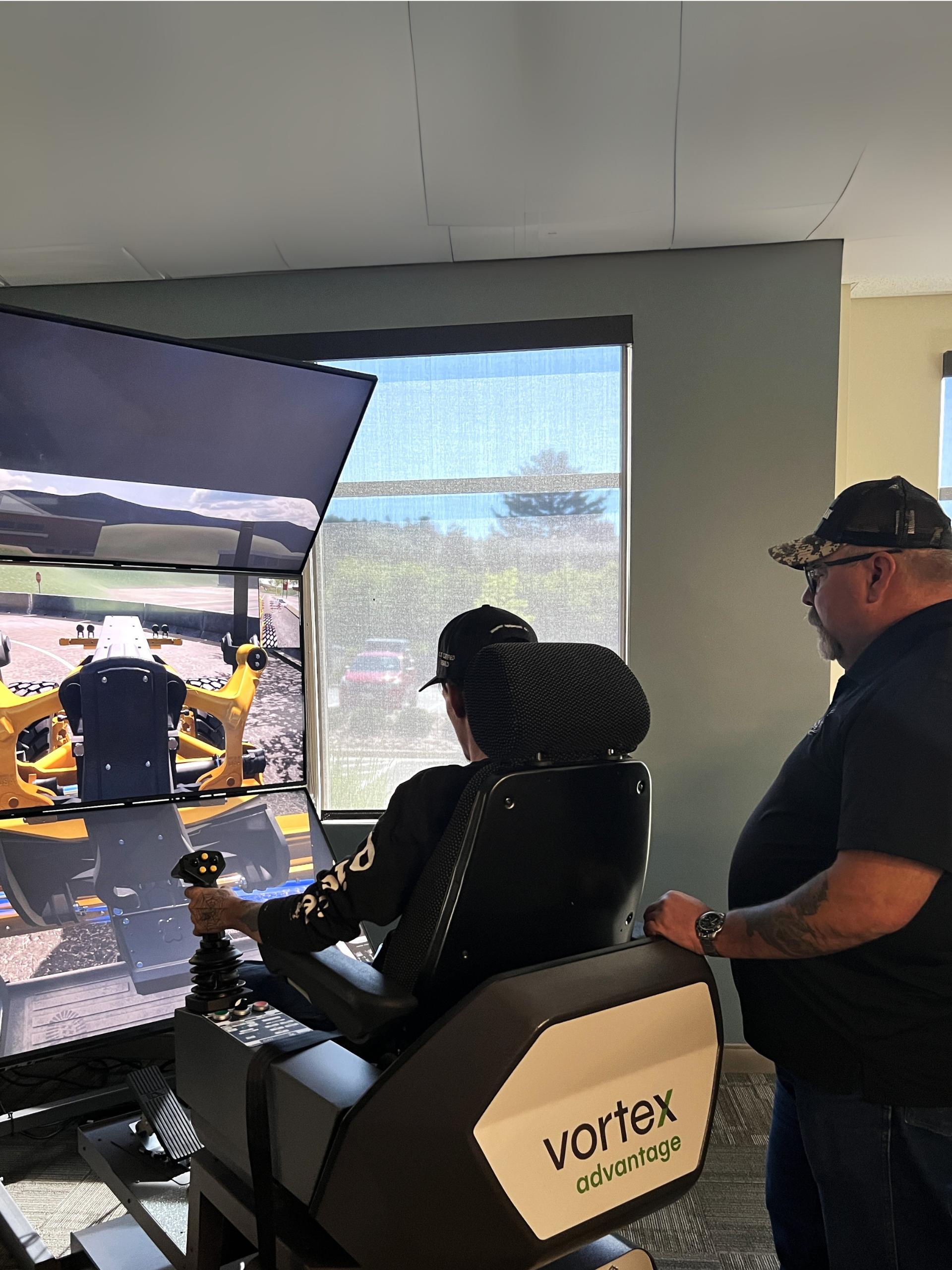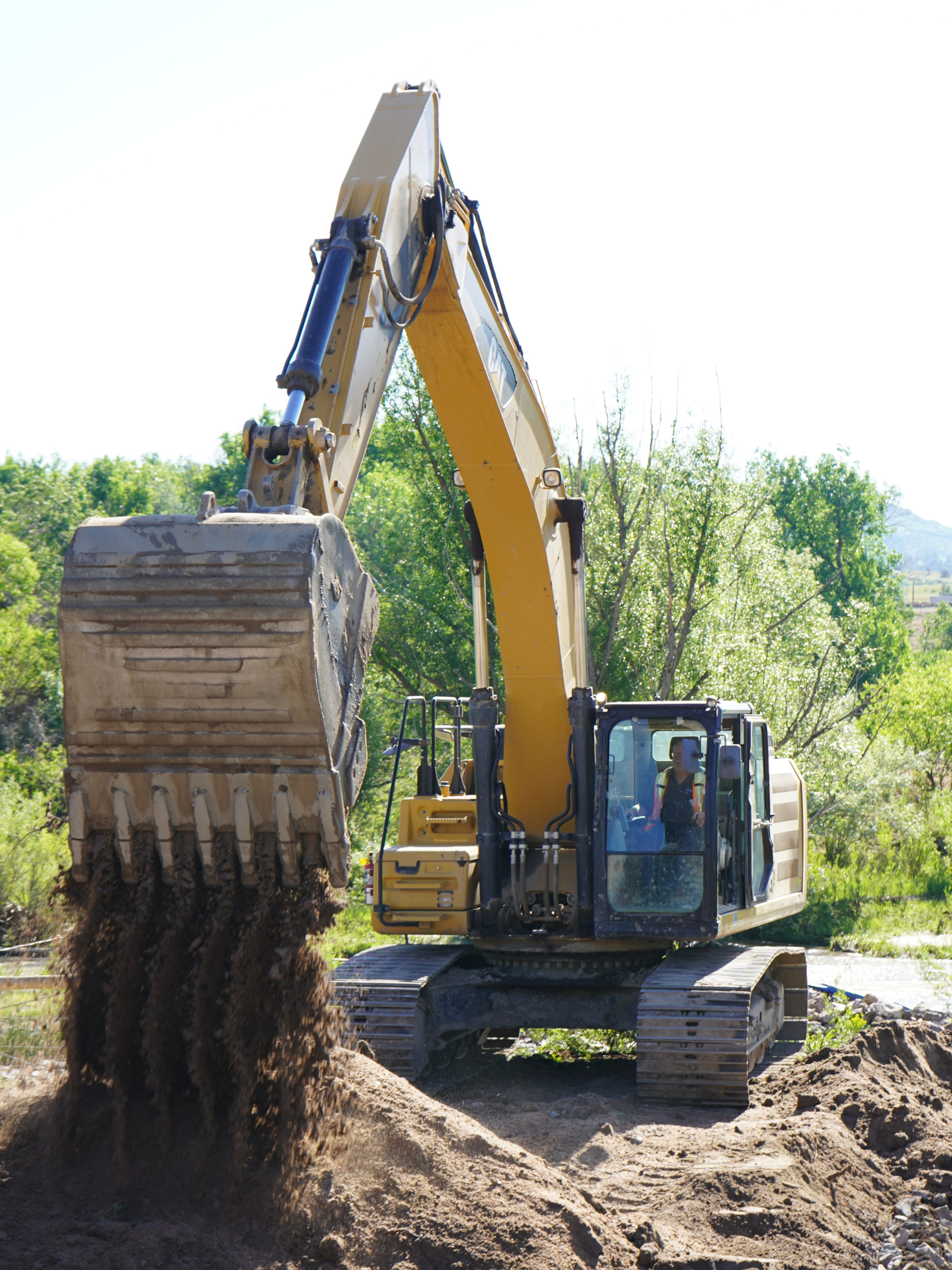The Commercial Vehicle Safety Alliance (CVSA) Brake Safety Week is an annual enforcement initiative that highlights one of the most critical safety systems in commercial vehicles. During this intensive inspection period, law enforcement agencies across North America conduct enhanced brake system inspections to identify violations and remove unsafe vehicles from the roads.
Understanding what inspectors look for and how to prepare your fleet can mean the difference between smooth operations and costly out-of-service orders. Brake system violations consistently rank among the top reasons commercial motor vehicles are placed out of service during roadside inspections, making proper preparation essential for fleet safety and compliance.
This guide will walk you through the key inspection criteria, common violations, and practical steps to ensure your vehicles pass brake inspections during CVSA Brake Safety Week and beyond.
What Inspectors Check During Brake Safety Week
During CVSA Brake Safety Week, certified inspectors focus on several critical components of the brake system. The inspection process follows standardized procedures to ensure consistency across jurisdictions.
Air Brake System Components
Inspectors examine air lines for chafing, rubbing, or wear that reduces the hose diameter. They look for damaged, broken, or missing components, including brake chamber brackets, clevis pins, slack adjusters, and camshafts. Any audible air leaks in either the emergency or service sides of the brake system will result in violations.
Brake Pad and Lining Thickness
For S-cam drum brakes, pads measured at the center must be at least 1/4 inch (6.4 mm) thick. Air disc brake pads require a minimum thickness of 1/8 inch (3.2 mm). Inspectors also check for cracked or contaminated brake pads and linings, which can significantly reduce braking effectiveness.
Brake Chamber Pushrod Stroke
The most critical measurement during brake inspections is pushrod stroke. This measurement determines whether the brake can apply full force to the foundation brake under all operating conditions. A pushrod stroke that exceeds regulatory limits not only violates regulations but also results in a declining braking force that can eventually reach zero.
Understanding Pushrod Stroke Limits
Brake chamber pushrod stroke limits are based on chamber size and type. The stroke limit ensures sufficient pushrod travel remains to apply full braking force under all conditions.
Standard vs Long Stroke Chambers
Standard chambers have shorter stroke limits, whereas long-stroke chambers allow for greater pushrod travel. For example, a Type 24 chamber has a stroke limit of 1 3/4 inches, while a Type 24L (long stroke) chamber allows up to 2 inches, and a Type 24LS allows up to 2 1/2 inches.
Common Chamber Types and Limits
Type 16 chambers have a 1 3/4-inch limit, while Type 16LS chambers allow 2 inches. Type 20 chambers are also limited to 1 3/4 inches, but Type 20LS chambers permit 2 inches, and Type 20LS3 chambers allow up to 2 1/2 inches. Type 30 chambers have a 2-inch limit, while Type 30LS chambers allow 2 1/2 inches.
Measuring Pushrod Stroke Correctly
Proper measurement requires the vehicle to be in a safe location with wheels chocked and spring brakes released. Air pressure must be between 90 and 100 psi, and the engine should be turned off. Mark each pushrod where it exits the brake chamber, then have someone apply the service brakes fully while measuring how far each pushrod travels.
Preparing for CVSA Brake Safety Week
Successful preparation requires a systematic approach to brake system maintenance and inspection. The key is identifying potential issues before they become violations.
Pre-Inspection Checklist
Start by gathering the necessary tools: wheel chocks, chalk or soapstone for marking pushrods, measuring tools, and a brake application device. Park on level ground and ensure proper wheel chocking before beginning any brake inspection.
Self-Adjusting Brake Adjuster Considerations
Vehicles manufactured after October 1994 (US), or May 1996 (Canada), must have self-adjusting brake adjusters (SABAs). These systems should automatically compensate for normal brake wear and tear. However, excessive or abnormal wear can still cause stroke violations even with properly functioning SABAs.
When SABAs show excessive stroke, the underlying problem must be identified and corrected. Simply readjusting the brake temporarily may improve stroke length, but it can cause damage and doesn’t fix the root cause. The stroke violation may return within a few brake applications.
Common Brake Violations and Prevention
Understanding the most frequent brake violations helps focus maintenance efforts where they are most needed.
Out-of-Adjustment Brakes
This is the most common brake violation. When 20 percent or more of a vehicle’s wheel ends have brake violations, the entire vehicle or combination receives an out-of-service order. Regular stroke measurements and maintenance prevent this costly situation.
Air System Leaks
Audible air leaks during inspection result in immediate violations. Regular air system maintenance, including checking connections and replacing worn components, prevents these issues.
Worn Brake Components
Cracked drums, worn S-cam bushings, seized clevis pins, and loose mounting hardware all contribute to brake violations. A comprehensive brake system inspection should identify these issues before they cause stroke violations.
Maintaining Compliance Year-Round
CVSA Brake Safety Week represents just one week of intensified enforcement. Smart fleet operators maintain brake inspection standards throughout the year.
Regular Stroke Measurements
Many successful fleets track brake chamber stroke measurements as part of their regular maintenance programs. Recording pushrod stroke at each wheel end during routine inspections helps identify trends before violations occur.
Professional Brake Service
When brake chamber stroke exceeds regulatory limits, qualified brake technicians should diagnose and repair the underlying cause. Drivers may be legally prohibited from adjusting SABAs in some jurisdictions, and improper adjustment can cause damage.
Documentation and Record Keeping
Maintaining detailed records of brake inspections, measurements, and repairs demonstrates a commitment to safety and can be valuable during DOT audits or in the event of legal proceedings.
Stay Road-Ready During Brake Safety Week
CVSA Brake Safety Week serves as an essential reminder that brake system maintenance is a year-round responsibility. Proper preparation, regular inspections, and professional service when needed keep your fleet safe and compliant.
Investing in proper brake maintenance pays dividends in improved safety ratings, reduced risk of violations, and, most importantly, the protection of lives on our highways. Take time before Brake Safety Week to ensure your brake systems meet all regulatory requirements and continue this diligence throughout the year.
For more detailed brake inspection procedures and current stroke limit tables, visit the CVSA website and consult with qualified brake technicians who are familiar with the complexities of modern commercial vehicle brake systems.




